Best Budget Knife Sharpener
Affordable Ceramic Sharpening Rods
Ceramic rods offer precision at a fraction of whetstone costs. Their ultra-fine surface gently refines edges without removing excess metal—ideal for maintaining expensive knives. Unlike steels, ceramics actually sharpen by removing microscopic amounts of material. They're perfect for touch-ups between major sharpenings.
White ceramic shows swarf (metal particles) clearly, helping you track progress. Rinse occasionally with water—never soap—as pores can clog. Store carefully; ceramic is brittle. Many come with protective sleeves or stands to prevent chips and breaks.
Choosing the Right Type of Sharpener
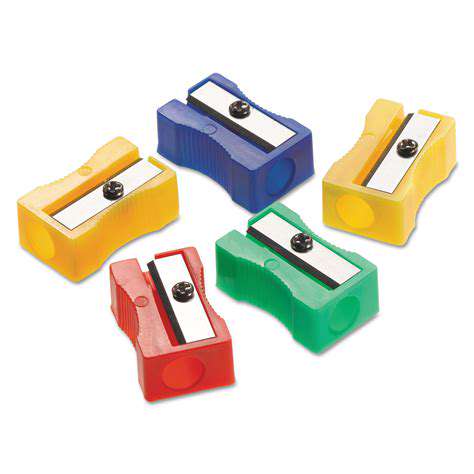
Understanding the Importance of Sharpening
A sharp knife doesn't just perform better—it's fundamentally safer. Dull blades require dangerous force and are more likely to slip. Proper sharpening creates a clean edge that bites into food predictably, giving you control. That control means precision cuts instead of ragged tears in delicate ingredients.
Sharpening also preserves your investment. Regular maintenance prevents excessive metal removal during major resharpening. Think of it like dental care—daily brushing (honing) with occasional professional cleanings (sharpening) keeps everything in top condition.
Selecting the Right Sharpening Tool
Your sharpener should match your knives and skills. Pull-through sharpeners offer convenience but less control. Whetstones provide precision but require practice. Electric models work quickly but can overheat thin edges. Consider how often you'll sharpen, what knives you own, and how much time you'll invest in learning.
Harder steels (like Japanese VG-10) demand diamond or high-quality ceramic. Softer German steel works well with most systems. Serrated knives need special tapered rods. Don't expect one system to handle everything perfectly—sometimes multiple tools make sense.
Honing vs. Sharpening: Key Differences
Honing realigns; sharpening removes. That steel rod in your block? It's for honing—straightening the edge's microscopic folds between actual sharpenings. Use it weekly. Sharpening physically grinds new edge geometry when honing no longer suffices. How often depends on use—professional kitchens might sharpen weekly, home cooks monthly or quarterly.
Signs you need sharpening, not just honing: visible nicks, failure to cut printer paper cleanly, or needing significant pressure for basic tasks. Regular honing pushes back major sharpening needs significantly.
Safety Precautions During Sharpening
Always sharpen away from your body, with complete focus. Secure stones or guides to prevent slipping. Keep fingers clear of edges—use knife guards if available. Never attempt to catch a falling sharpener or knife. Store equipment safely, especially with children around.
Work in good light to see edge progress clearly. Dull knives cause most kitchen cuts, but sharpening accidents happen when rushing. Take your time—quality sharpening can't be hurried.
Evaluating Key Features for Your Needs
Choosing the Right Type of Sharpener
Your sharpener choice should reflect actual needs, not hypothetical scenarios. Home cooks preparing three meals daily need different tools than weekend grill masters. Consider frequency: Occasional users might prioritize convenience over precision, while enthusiasts may prefer customizable systems.
Blade types matter too. Japanese santoku knives require different angles than German chef's knives. Serrated blades need special attention. Don't buy a sharpener that can't handle your full knife collection—frustration awaits.
Budget vs. Functionality
The sweet spot exists between dollar-store junk and pro-grade overkill. Around $30-80 buys sharpeners that outperform their price if chosen wisely. Look for solid construction—metal components beat plastic where friction occurs. Read reviews focusing on long-term durability, not just initial impressions.
Consider cost-per-use: A $50 sharpener used weekly for years offers better value than a $20 model replaced annually. Sometimes spending slightly more upfront saves long-term.
Ease of Use and Learning Curve
Be honest about your commitment level. Whetstones offer unparalleled results but demand practice. Guided systems simplify angle control but limit flexibility. Electric models work quickly but remove more metal than necessary if overused.
If time-strapped, prioritize systems with clear visual guides or audible feedback. Many quality sharpeners include angle guides or color-coded stages removing guesswork. Your sharpener should fit your lifestyle, not the other way around.
Durability and Material Quality
Inspect abrasives closely. Diamond plates should feel securely bonded, not flaking. Ceramic shouldn't have visible pores or cracks. Plastic housings often crack around adjustment mechanisms—metal reinforcements indicate better design.
Moving parts should operate smoothly without play. Cheap sharpeners fail where components meet—hinges, sliders, and adjustment mechanisms. A little extra weight often signals better materials that'll withstand years of use.
Recommended Budget-Friendly Sharpener Options
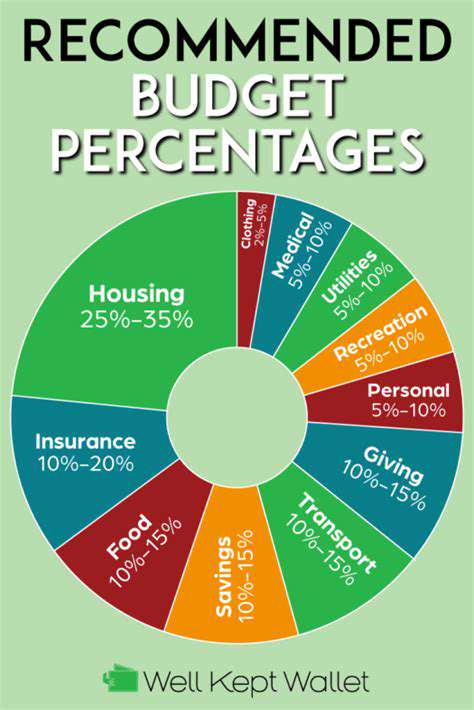
Top Performer Under $30
The AccuSharp 001 delivers remarkable results for its price. Its tungsten carbide and ceramic wheels handle most kitchen knives effectively. The simple design eliminates guesswork—just pull through each stage. While not suitable for premium Japanese knives, it's perfect for maintaining everyday cutlery.
Best Manual System Under $50
Smith's TRI-6 Arkansas combines three natural stones in a compact kit. The fine Arkansas stone produces polished edges rivaling more expensive systems. The included angle guide helps beginners develop proper technique. Its small size makes it ideal for apartments or RVs.
Electric Value Champion
The Chef'sChoice Trizor XV often dips below $100 during sales. Its three-stage system includes a unique stropping stage for mirror-polished edges. While not as gentle as hand sharpening, it's remarkably consistent for quick touch-ups. The 15-degree setting works well for Asian-style blades.
Best Honing Solution
Idahone Fine Ceramic Rod provides professional-grade maintenance under $40. The ultra-fine ceramic gently realigns edges without excessive metal removal. Its non-magnetic surface won't affect high-carbon steels. The included stand protects both rod and knives.
Most Versatile Budget Pick
The Lansky Turn-Box uses guided ceramic rods at preset angles. At around $25, it handles everything from paring knives to hunting blades. The rotating design ensures even sharpening. While not suitable for badly damaged edges, it's perfect for regular maintenance.
![Best Vegetarian Restaurants in [City]](/static/images/28/2025-05/LocalFavoritesandHiddenGems.jpg)
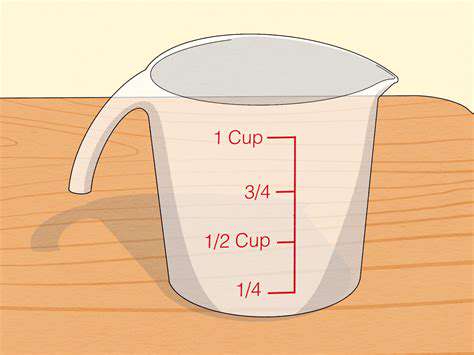

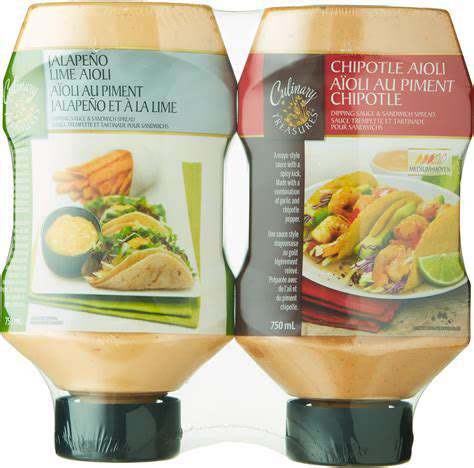
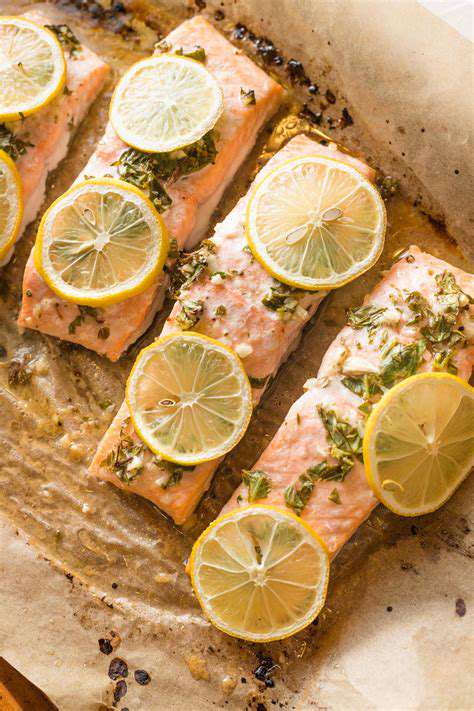
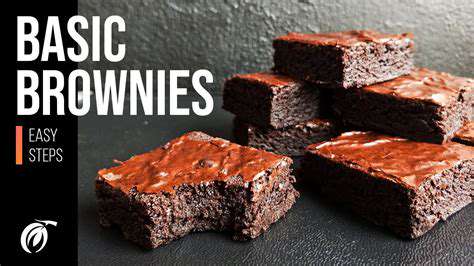

![Review: The Best [Cuisine] Outside [Country of Origin]](/static/images/28/2025-05/BeyondtheMainstream3ADiscoveringHiddenGems.jpg)
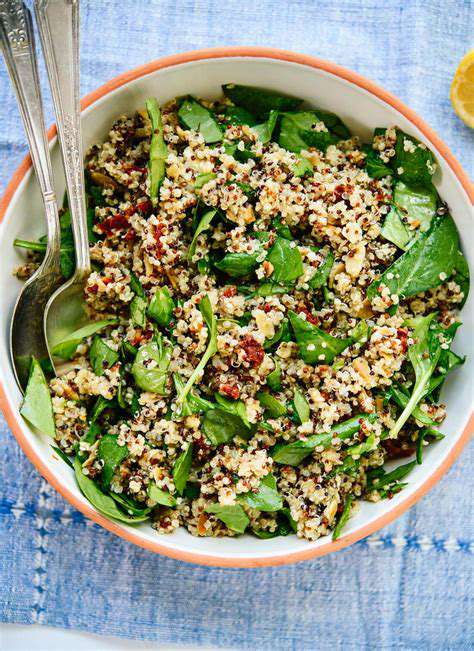
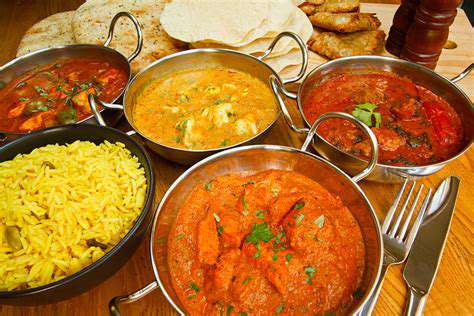
![Best Burgers in [City]](/static/images/28/2025-05/HiddenGems26LocalFavorites3AUncoveringtheBestKeptSecrets.jpg)
